Gardens aren’t just full of plants – they’re teeming with insects, some of which are surprisingly helpful. Many bugs play an important role in keeping your garden healthy, from pollinating flowers to controlling pests. While some bugs might get a bad rap, they’re actually doing the heavy lifting behind the scenes to support your plants’ growth.
Of course, not all bugs are beneficial. Some pests can wreak havoc on your garden, so it’s important to know which insects to welcome and which ones to keep an eye on. In this guide, we’ll cover 15 bugs that can help your garden thrive and highlight a few that might be better off elsewhere. Knowing the difference can make all the difference in maintaining a flourishing garden.
Ladybug
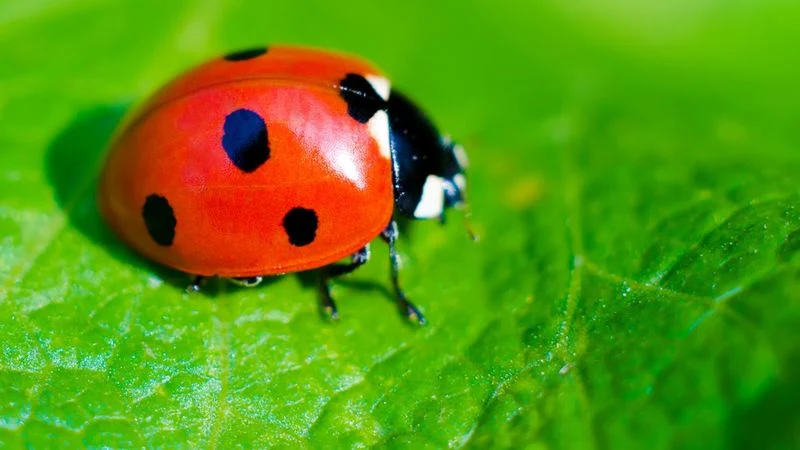
Ladybug
Ladybugs are tiny spotted beetles often found in gardens. These charming insects are renowned for their appetite for aphids, making them excellent natural pest controllers. A single ladybug can consume up to 50 aphids in one day!
In addition to their pest-controlling abilities, ladybugs are also delightful to watch as they wander among the leaves. Their presence indicates a healthy garden environment, promoting biodiversity. Encourage ladybugs by planting herbs like dill and fennel, which attract these beneficial bugs.
Having ladybugs around not only aids in pest control but also enriches your garden’s ecosystem.
Earthworm
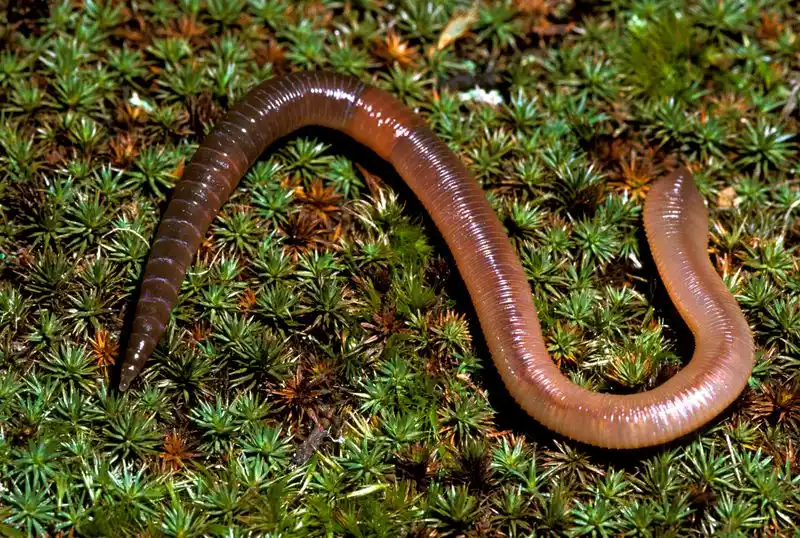
Earthworm
Earthworms are the unsung heroes of the garden. They tunnel through the soil, improving aeration and drainage, which benefits plant roots. Their movement also helps in mixing organic matter, enhancing soil fertility.
Earthworms consume dead plant material, breaking it down into nutrient-rich castings. These castings enrich the soil, providing essential nutrients for plant growth. An abundance of earthworms is a sign of healthy, productive soil.
To attract more earthworms, maintain a moist, organic-rich garden bed. Avoid using chemical pesticides, as they can harm these beneficial creatures.
Bumblebee
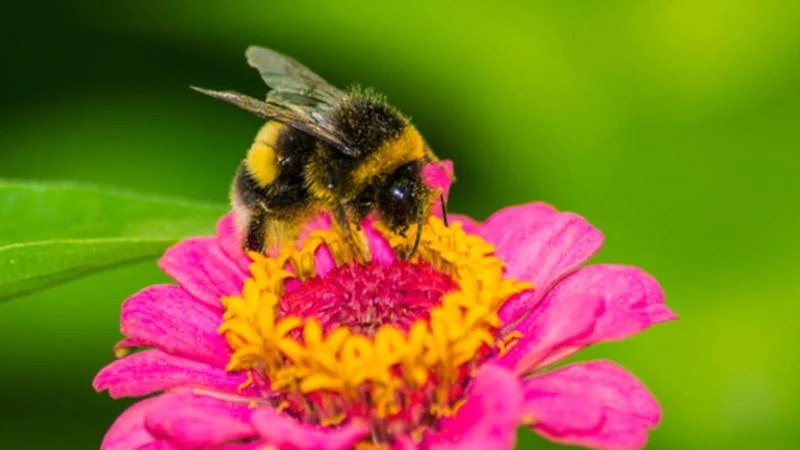
Bumblebees are nature’s gentle giants, crucial for pollination. Their plump bodies help them carry pollen over long distances.
While they buzz noisily, they’re generally docile. Bumblebees thrive in diverse gardens, where varied flowers bloom. Encourage them by planting bee-friendly flora such as lavender and foxgloves.
Their presence ensures robust plant reproduction, enhancing fruit and seed production. Plus, they add a delightful, fuzzy charm to your garden’s buzzing life. Observing them can be a meditative experience, a reminder of nature’s harmonious cycles.
Praying Mantis

The praying mantis is your garden’s stealthy predator. With its alien-like appearance, it camouflages perfectly among the foliage.
Mantis feeds on pests like aphids, caterpillars, and beetles, maintaining the ecological balance. They’re fascinating to watch, moving with calculated precision.
These insects are solitary hunters. To attract them, consider planting shrubs and perennials, providing natural habitat. Their presence signals a healthy, active ecosystem. Plus, they offer mesmerizing natural behavior displays, capturing the imagination of anyone lucky enough to spot them.
Ground Beetle
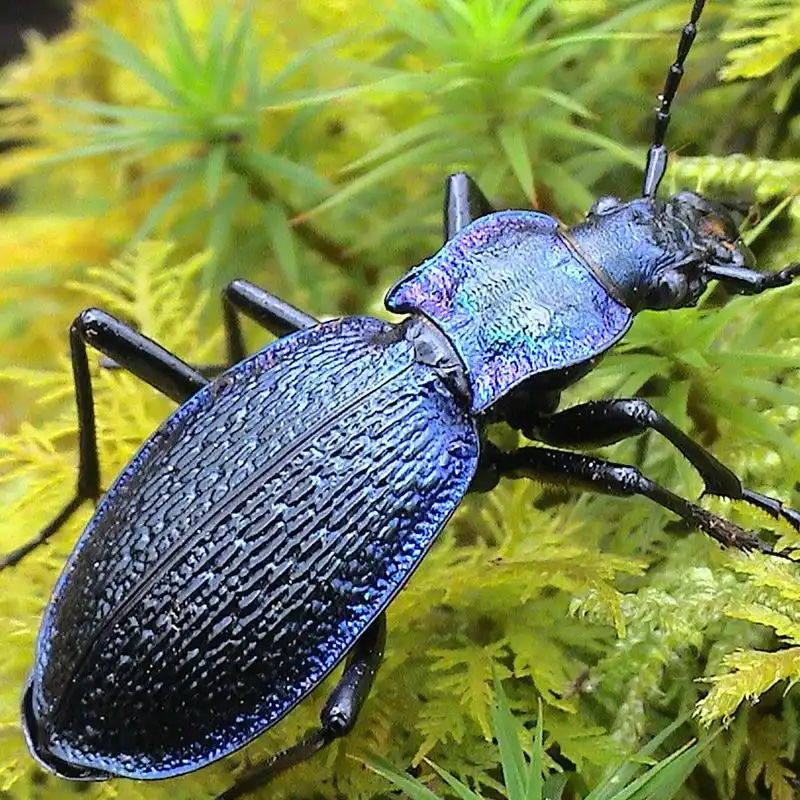
Ground beetles are the unsung heroes of soil health. These predatory insects patrol the ground, feasting on slugs, cutworms, and other harmful pests.
Their glossy black bodies make them easily recognizable. Active mostly at night, they help reduce pest populations naturally.
Encourage these beetles by providing mulch and logs, creating hiding spots. Their diligent work leads to healthier, pest-free gardens. By fostering their presence, you’ll enjoy vibrant plant life and fewer chemical interventions, keeping your garden organic and thriving.
Hoverfly
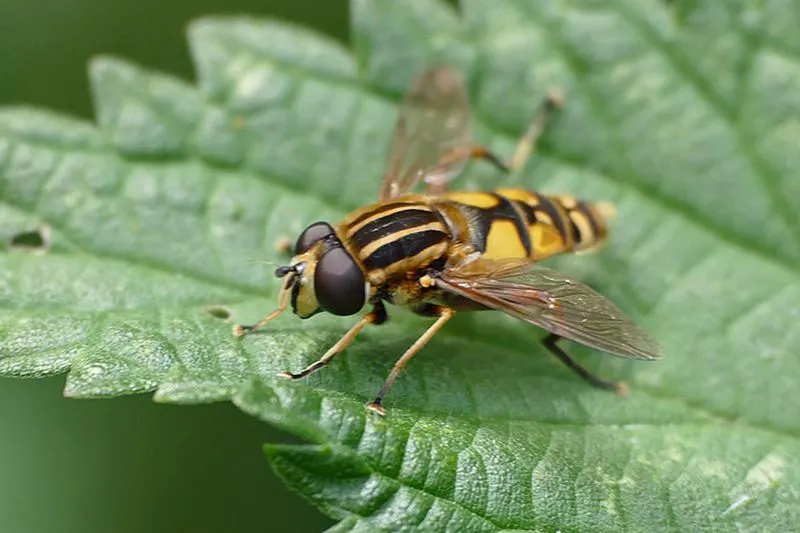
Hoverflies are delicate, bee-like insects that play dual roles. As adults, they pollinate flowers, flitting from bloom to bloom.
Their larvae, however, feast on aphids, keeping pest populations in check. These flies are harmless to humans and pets, despite their wasp-like appearance.
To attract hoverflies, plant nectar-rich flowers like marigolds and alyssum. Their presence boosts pollination and pest control in one go. Plus, they add a dynamic, lively element to your garden, their aerial acrobatics a joy to watch.
Centipede
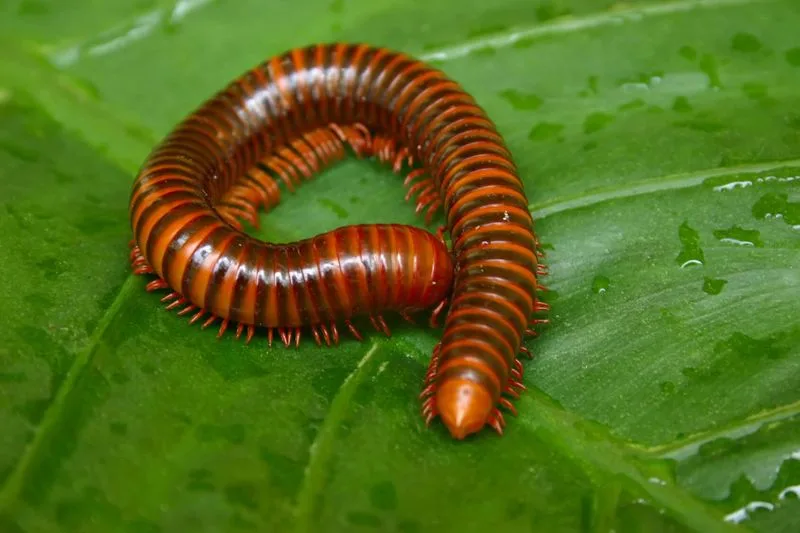
Centipedes might seem creepy, but they’re effective pest controllers. These multi-legged creatures hunt nocturnally, preying on insects like spiders, flies, and cockroaches.
Their presence signifies a balanced garden ecosystem. Provide leaf litter and stones for shelter to invite them.
Though they look intimidating, centipedes are harmless to humans and pets. Embrace them as natural allies in your pest management strategy. Their stealthy, efficient hunting contributes to a thriving, pest-free environment, making them invaluable garden residents.
Assassin Bug
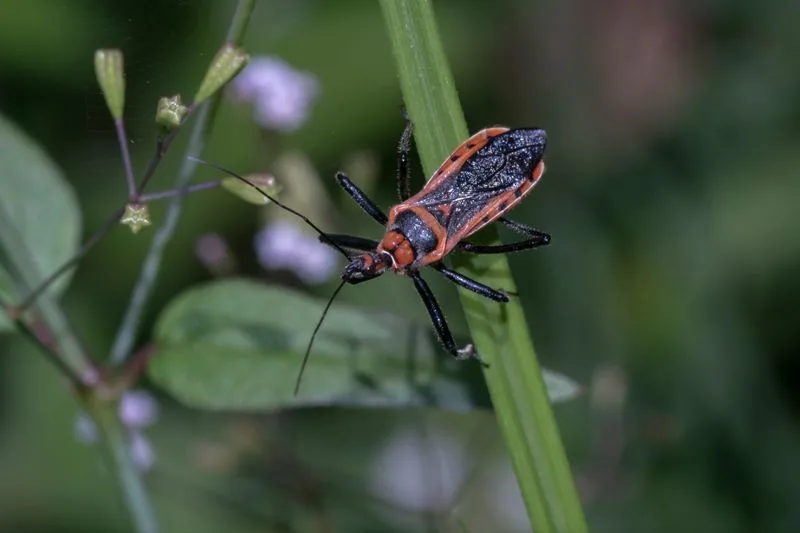
Assassin bugs are the fierce warriors of the insect world. With their long proboscis, they spear prey such as caterpillars and beetles.
Their hunting prowess makes them formidable allies in controlling pest populations. They prefer warm, sunny spots, thriving in diverse gardens.
Though fearsome in appearance, they pose no threat to humans when left undisturbed. Cultivate their presence by providing varied plantings. Their contribution to pest control is unmatched, offering a chemical-free solution to garden pests.
Spined Soldier Bug
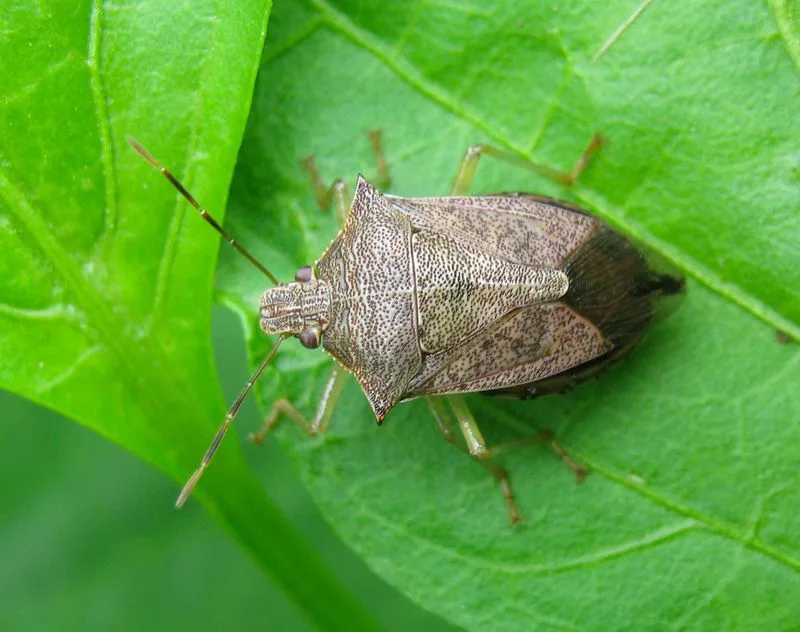
The spined soldier bug is a beneficial predator, often mistaken for its pest relatives. It feeds on caterpillars, grubs, and beetle larvae, helping manage pest populations.
Their distinctive armor-like bodies make them easy to identify. By fostering biodiversity, you encourage these bugs to settle.
They’re an asset to organic gardening, reducing the need for pesticides. Their presence indicates a robust, healthy ecosystem. Watching them patrol your garden offers a glimpse into the complex world of insect interactions.
Damsel Bug
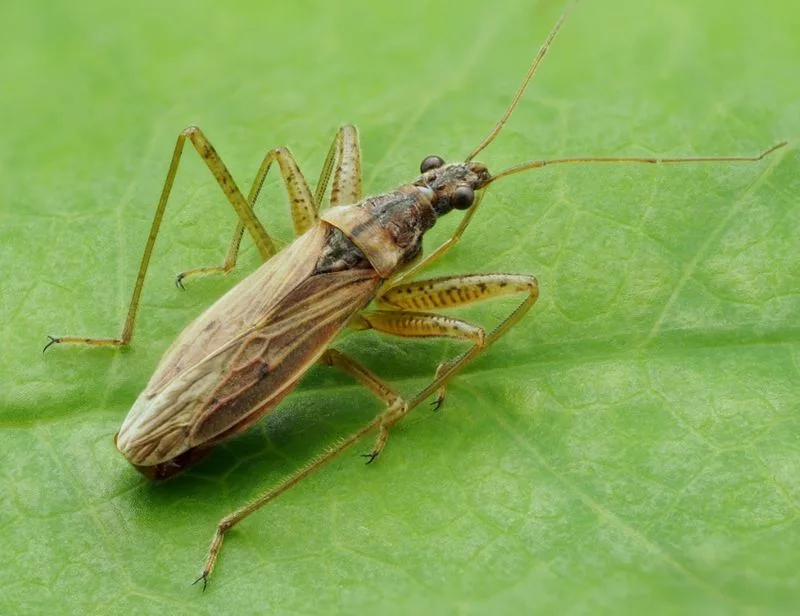
Damsel bugs are slender hunters, patrolling gardens for aphids, caterpillars, and mites. Their elongated bodies and long antennae make them agile predators.
They thrive in gardens with diverse plant life, offering both hunting grounds and shelter. Encourage them by planting a variety of flowers and shrubs.
These bugs are a testament to the power of natural pest control. Their presence balances gardens ecologically, reducing reliance on chemical pesticides. As they dart among the foliage, they reveal the dynamic beauty of garden ecosystems.
Rove Beetle
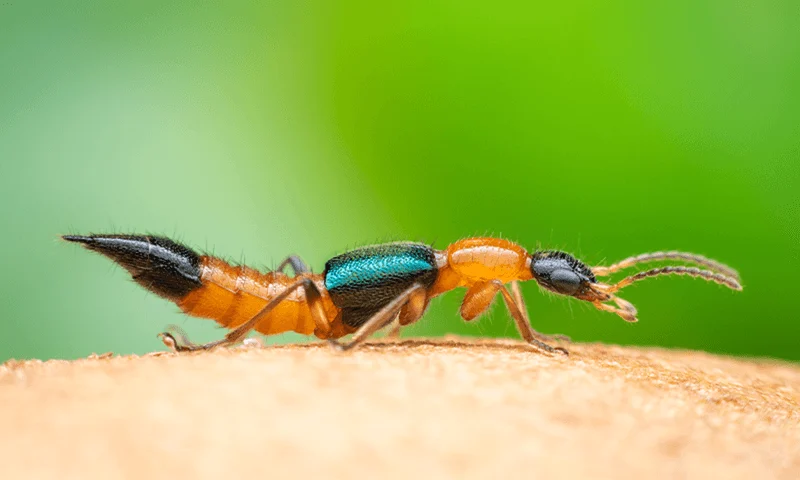
Rove beetles, with their elongated bodies and versatile habitats, are effective pest controllers. These beetles feast on larvae, aphids, and mites, thriving in moist, organic-rich soils.
Their presence ensures a balanced garden, controlling pests without chemicals. Encourage them by maintaining a compost pile or mulch layer.
Rove beetles signify healthy soil and plant life, contributing to an organic garden’s success. Their subtle presence often goes unnoticed, yet their impact on pest management is profound, keeping your garden flourishing.
Springtail
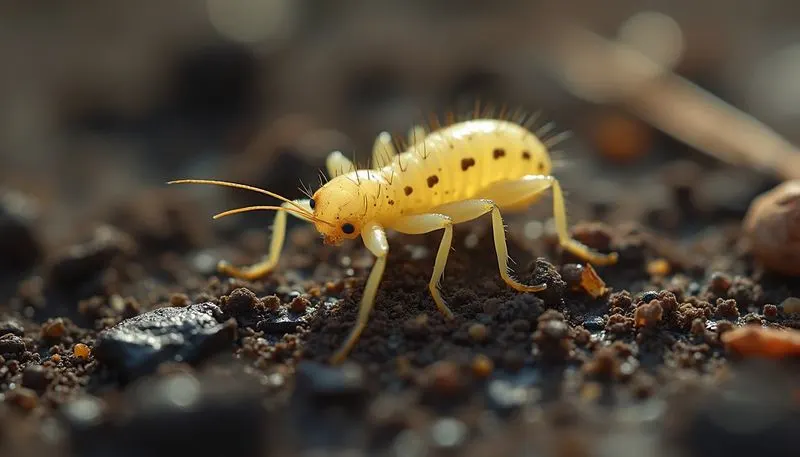
Springtails are microscopic decomposers, overlooked but vital for soil health. They feed on fungi, decaying matter, and bacteria, enriching the soil.
These minute insects thrive in moist environments, indicating healthy, fertile garden soil. Maintain mulch and compost to support them.
Their presence boosts nutrient cycling, fostering robust plant growth. While invisible to the casual gardener, springtails play a crucial role in maintaining vibrant, productive gardens, acting as unsung heroes in the soil ecosystem.
Lacewing
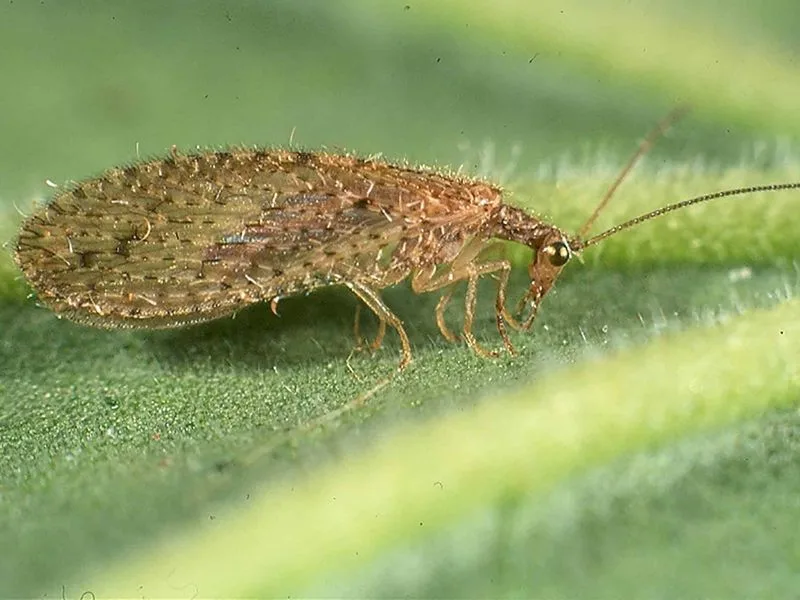
Lacewings are garden allies, both as larvae and adults. Larvae are voracious predators, consuming aphids, mites, and more.
Adults are pollinators, ensuring flowering plant success. Their delicate wings and bright eyes are a charming addition to gardens.
Provide shelter through diverse planting to attract them. Lacewings contribute to pest control and pollination, making them indispensable in garden management. Their gentle flights and predatory efficiency create a fascinating balance, key to thriving garden ecosystems.
Cricket
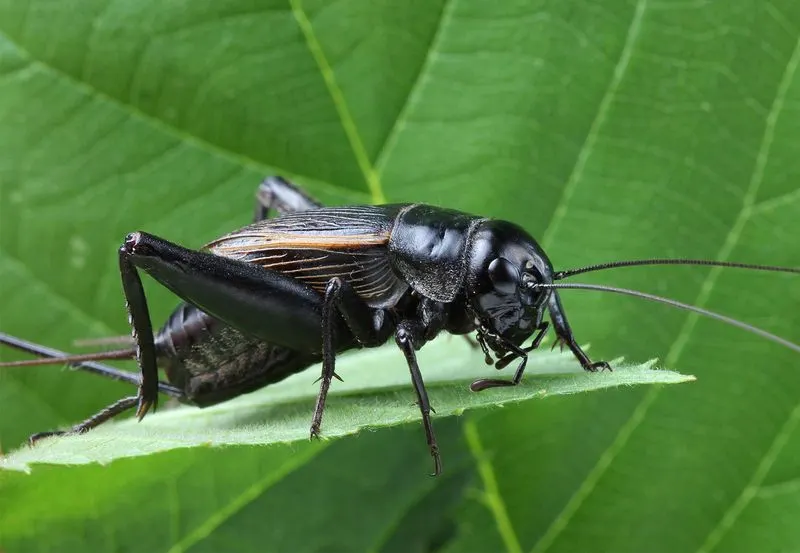
Crickets, known for their melodic chirps, contribute to garden health by aerating soil. As they burrow, they enhance soil structure and nutrient availability.
Their nocturnal habits mean they’re rarely seen, but their songs are a nightly serenade. Encourage them with leaf litter and mulch.
Crickets play a role in the food chain, serving as prey for birds and reptiles. Their cheerful presence adds to your garden’s auditory landscape, offering a natural symphony while supporting ecological balance.
Butterfly

Butterflies are symbols of transformation and beauty in gardens. Their role as pollinators is vital, transferring pollen as they sip nectar.
Each species has unique preferences, so ensure a variety of blooms for them to enjoy. Plant milkweed and butterfly-friendly flowers.
Beyond pollination, they provide a visual treat, their fluttering flight a dance of colors. Butterflies remind us of the delicate balance in nature, making gardens lively and enchanting spaces. Watching them can inspire joy and a connection to the natural world.

